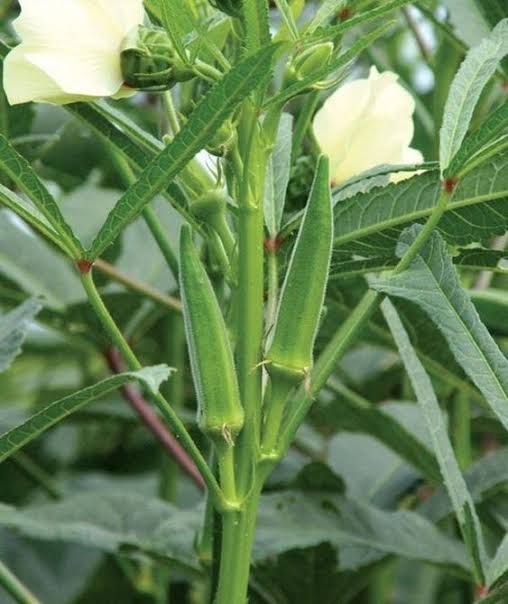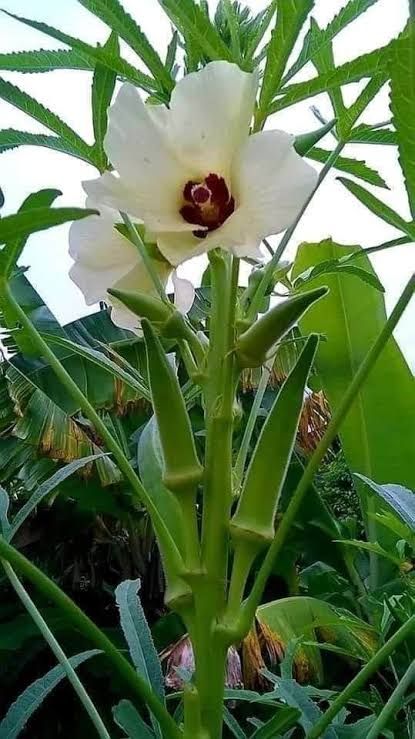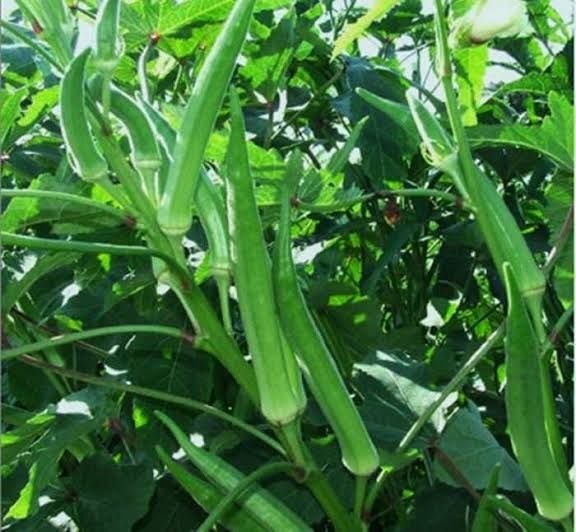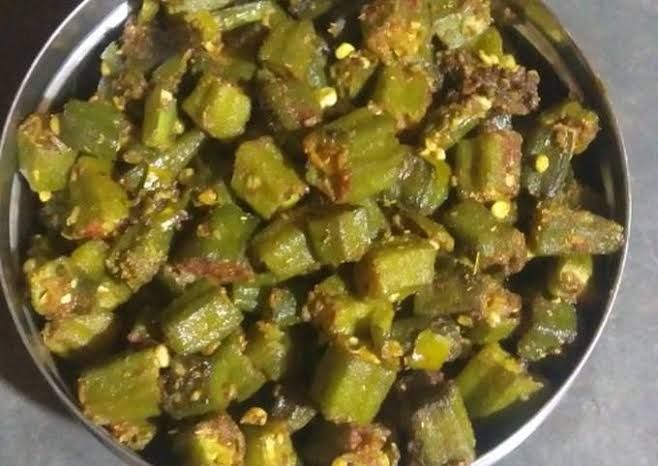
Okra: Farmers are preparing for the cultivation of grain and horticulture okra crops during the Kharif crop cycle. Every kind of preparation has been done for the cultivation of many gardens and vegetables. Many farmers are also planting okra crop in this season. To get good yield from the ladyfinger crop, it is necessary to use improved quality seeds, good irrigation system, use of manures and fertilizers and proper care of the crop. Along with all these works, use that technology for the cultivation of ladyfinger, through which more production can be achieved at less expense.

Okra is cultivated in both summer and winter seasons, hence choose loamy soil with drainage. First of all, do deep plowing in the field. After two-three ploughing, level the soil by compacting it. After this, provide nutrition to the soil by adding cow dung compost to the field.

Select improved quality seeds for sowing ladyfinger and get the seeds treated. At the time of sowing, the distance from line to line should be at least 40 to 45 cm. Keep till. If the field is fertile and irrigated then 2.5 to 3 kg for one hectare of land. Sow with 5 to 7 kg seeds in seedbed and unirrigated land. There is no need to prepare a nursery for okra cultivation, hence sow the seeds directly in the fields and do light irrigation.
For good production, it is important to provide timely nutrition to the crop and soil. To manage nutrition in okra crop, 15-20 tonnes of cow dung manure and 80 kg of manure are applied in one hectare field. With nitrogen 60 kg. Mix potash and apply it in the field. Keep in mind that half the quantity of nitrogen should be applied in the fields before sowing and the other half after 40 days.
Although okra is a rain-fed crop, it does not require separate irrigation. To provide nutrition to the crop and moisture in the soil, irrigation must be done 10-12 days after sowing.

After 10-15 days of sowing, weeds grow in the fields, which prevent the okra plants from growing. For this, keep weeding from time to time.
Unnecessary plants and weeds growing in the fields should be uprooted and buried in the ground.
Keep monitoring pests and diseases and use only organic pesticides to prevent them.